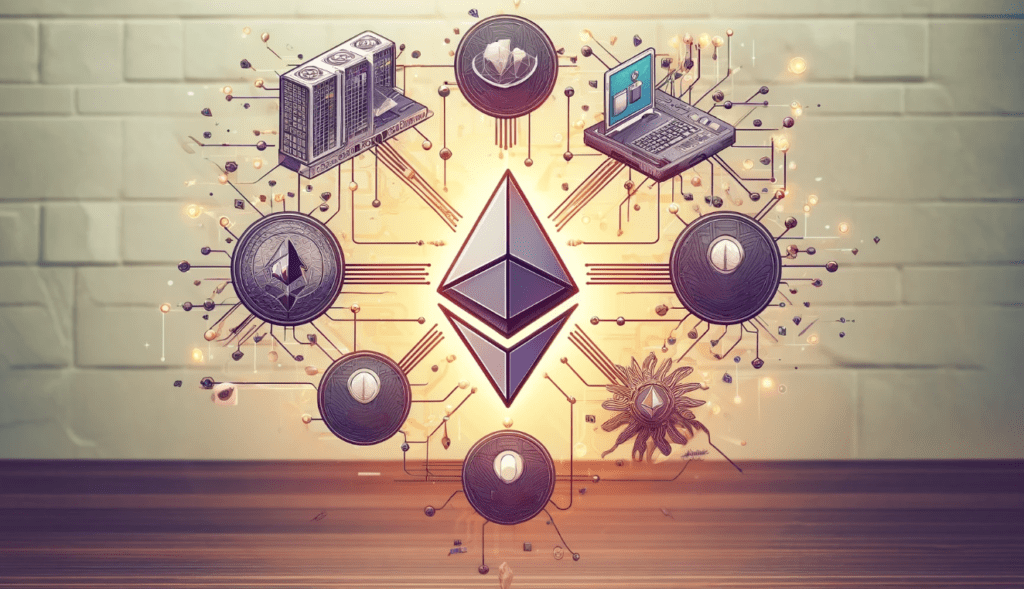Ethereum co-founder Vitalik Buterin has addressed concerns regarding Ethereum’s decentralization in a detailed blog post, discussing three critical issues: MEV (miner or maximal extractable value), liquid staking, and the hardware requirements for running a solo node. Buterin believes that these concerns can be mitigated through smart protocol design and ongoing upgrades.
MEV: Minimization and Quarantining
In his blog post, published on May 17, Buterin first tackles the issue of MEV. MEV refers to the financial gains sophisticated node operators can capture by reordering transactions within a block. Buterin highlights two primary approaches to handling MEV: minimization and quarantining.
Minimization involves reducing MEV through smart protocol designs, such as those used by CowSwap. Quarantining attempts to reduce or eliminate MEV entirely through in-protocol techniques. While quarantining might seem appealing, Buterin warns of potential centralization risks. He explains that if builders can exclude transactions from a block, various attacks could emerge. Instead, he supports builders working on concepts like transaction inclusion lists, which prevent builders from entirely excluding transactions from blocks.
“I think ideas in this direction—really pushing the quarantine box to be as small as possible—are really interesting, and I’m in favor of going in that direction,” Buterin concludes.
Liquid Staking and Node Operation
Buterin also addresses the low number of solo Ethereum stakers. Many choose to stake with providers such as Coinbase, Lido, or RocketPool due to the complexity, hardware requirements, and the 32 ETH minimum needed to run a solo node. While progress has been made to reduce these barriers, Buterin suggests further actions, such as reducing the time to withdraw staked ether or lowering the 32 ETH minimum requirement for solo staking.
“Incorrect answers could lead Ethereum down a path of centralization and ‘re-creating the traditional financial system with extra steps’; correct answers could create a shining example of a successful ecosystem with a wide and diverse set of solo stakers and highly decentralized staking pools,” Buterin writes.
Hardware Requirements for Nodes
The hardware requirements for nodes present another challenge. Buterin acknowledges that this issue is complex but believes it can be addressed. With innovations like Verkle Trees and the upcoming EIP-4444, Buterin suggests that “hardware requirements of a node could plausibly eventually decrease to less than a hundred gigabytes, and perhaps to near-zero if we eliminate the history storage responsibility (perhaps only for non-staking nodes) entirely.”
Commitment to Decentralization
Buterin urges the Ethereum ecosystem to confront these challenges head-on. “We should have deep respect for the properties that make Ethereum unique, and continue to work to maintain and improve on those properties as Ethereum scales,” he writes.












